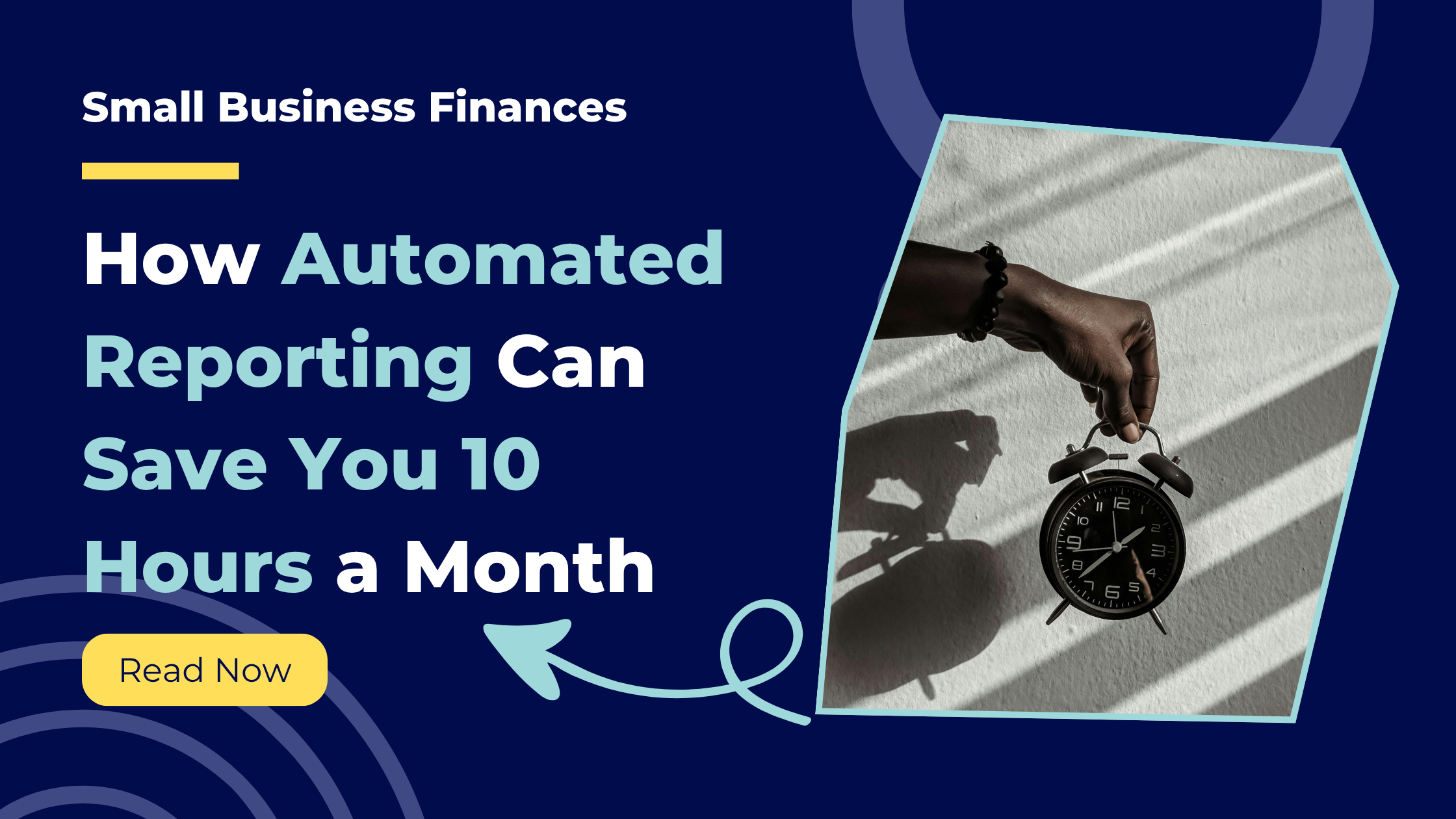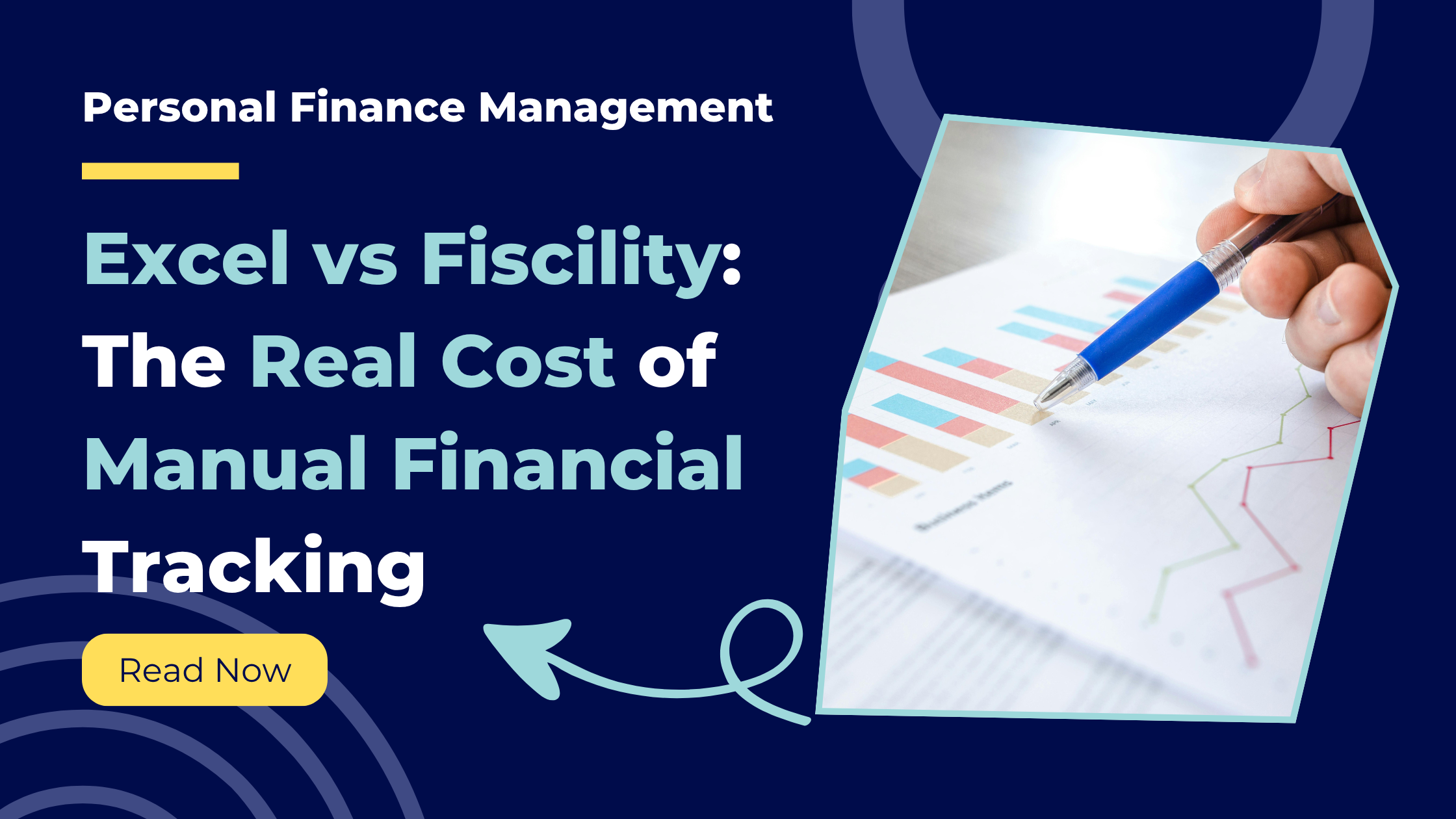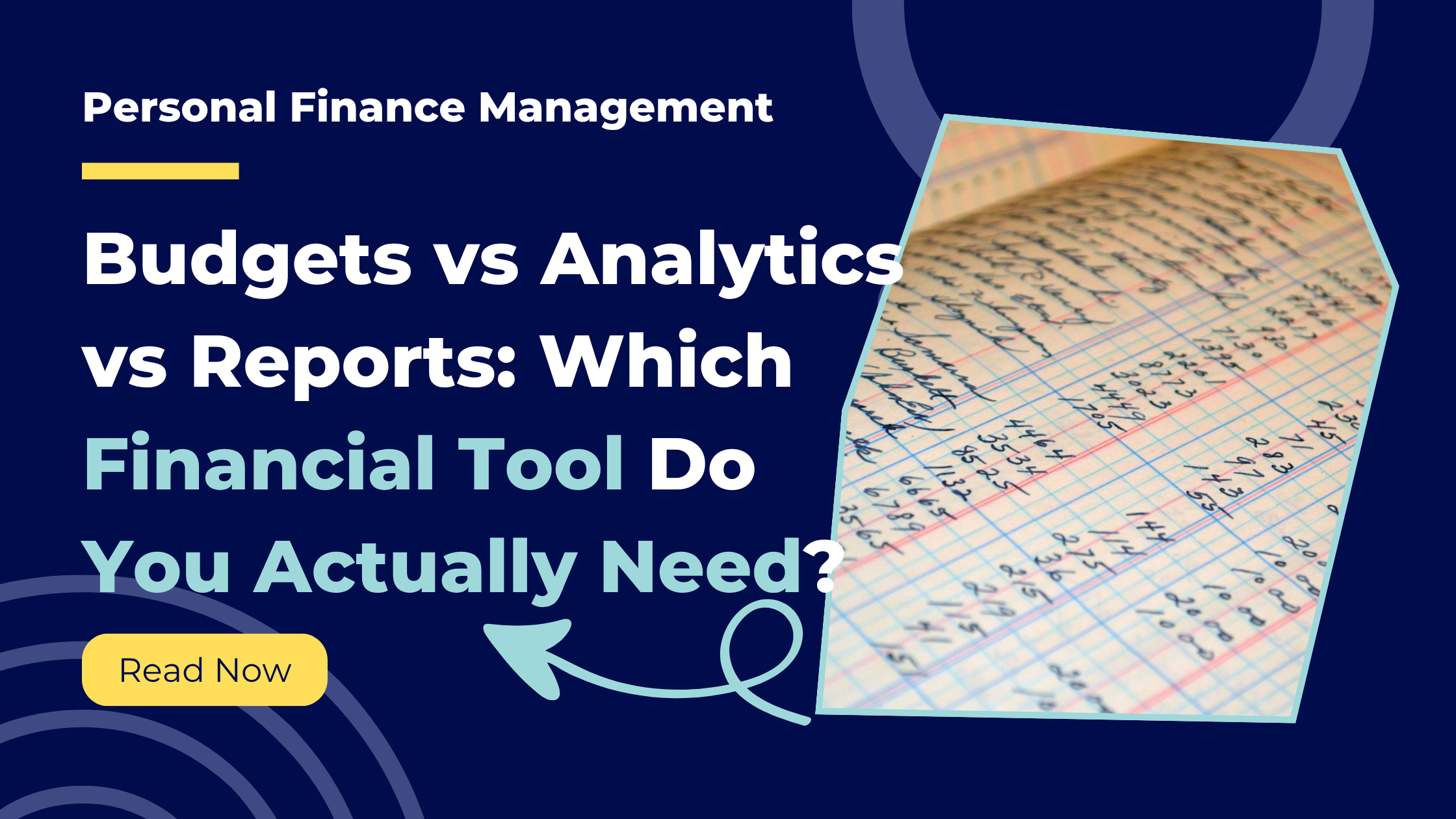
•
1 min read
How Automated Reporting Can Save You 10 Hours a Month
Discover exactly where small business owners waste time on manual financial tracking and how automated reporting reclaims those hours.
You started a business to do the work you love. Instead, you spend hours each week wrestling with spreadsheets, logging into multiple bank accounts, categorising transactions, and trying to remember what that mystery charge was for.
According to the Federation of Small Businesses, small business owners spend an average of 120 hours per year on financial admin. That is 10 hours per month. Three full working days. Every single month.
This time does not grow your revenue. It does not serve your customers. It does not improve your product. It just keeps the books in order.
If your hourly rate is £50, those 10 hours cost you £500 monthly in lost opportunity. At £100 per hour, it is £1,000. Over a year, that is £6,000 to £12,000 in time you could spend on billable work or business growth.
Manual financial tracking also fragments your time. Research from the University of California found that it takes an average of 23 minutes to regain full concentration after an interruption. Every time you stop to check balances or categorise transactions, you lose not just that time but the recovery time afterwards.
In this post, you will see exactly where those 10 hours go and how automated reporting reclaims them.
The Seven Time Drains
Where the 10 Hours Go: Seven Time Drains
1. Logging Into Multiple Accounts (90 Minutes Monthly)
Most small business owners have three to five accounts. Current account, savings, credit card, PayPal. Each login takes five to ten minutes with passwords and two-factor authentication. Check three times per week and you spend 90 minutes monthly just accessing your data.
Automation saves: One dashboard shows all accounts. Zero login time after setup.
2. Exporting and Organising Transaction Data (120 Minutes Monthly)
Downloading CSV files from each account. Opening spreadsheets. Copying data. Formatting columns. Combining sources. Do this weekly across three accounts and you lose two hours per month.
Automation saves: Transactions sync automatically. No exports. No spreadsheet wrangling.
3. Categorising Transactions (150 Minutes Monthly)
With 300 transactions per month at 30 seconds each, you spend 150 minutes deciding whether that £34 at Tesco was groceries or office supplies.
Automation saves: Intelligent categorisation learns from patterns. You only review exceptions.
4. Reconciling Accounts (90 Minutes Monthly)
Comparing your records to bank statements. Looking for missing transactions. Investigating discrepancies. Each error takes 10-30 minutes to resolve.
Automation saves: Direct bank sync means no reconciliation needed. Your data is the bank's data.
5. Creating Reports (120 Minutes Monthly)
Building spreadsheets showing income versus expenses. Calculating totals. Creating charts. Checking formulas. Weekly reports add up fast.
Automation saves: Reports generate instantly and arrive on schedule.
6. Forecasting and Planning (90 Minutes Monthly)
Without consolidated data, forecasting means gathering information from multiple sources and doing manual calculations.
Automation saves: Dashboard shows burn rate, runway, and trends instantly.
7. Ad-Hoc Queries (60 Minutes Monthly)
"What did we spend on marketing last quarter?" Each question triggers a 15-minute research project through multiple accounts.
Automation saves: Instant search and filtering provides answers in seconds.
Total Time Saved: 720 Minutes (12 Hours Monthly)
What to Do With 10 Extra Hours Per Month
Increase billable work: At £50/hour, that is £500 monthly or £6,000 annually. At £100/hour, £12,000 annually.
Focus on growth: Pitch new clients, develop services, create marketing campaigns, build partnerships.
Improve work-life balance: Leave early every Friday. Take every other Wednesday afternoon off. Reduce burnout.
Invest in learning: Take courses, read industry books, attend networking events, develop new skills.
Delegate or hire: With freed capacity, manage additional team members or expand service delivery.
Real-World Example
Sarah runs a marketing consultancy with three accounts and 250 monthly transactions.
Before automation: 8 hours monthly on account logins, data exports, categorisation, report building, and reconciliation.
After automation: 2.7 hours monthly reviewing scheduled reports and occasional dashboard queries.
Time saved: 5.3 hours monthly
Sarah uses reclaimed time to pitch two additional clients monthly. She wins one. At £3,000 per project, the additional revenue is £36,000 annually. The automation subscription costs £300 annually.
Return on investment: 12,000%.
Key Takeaways
Small business owners lose 10-12 hours monthly to manual financial admin across seven time drains: account logins, data exports, categorisation, reconciliation, report creation, forecasting, and ad-hoc queries.
At typical rates, those hours represent £6,000-£12,000 in lost annual revenue opportunity.
Automated reporting eliminates all seven drains through account consolidation, real-time syncing, intelligent categorisation, automatic reconciliation, scheduled reports, dashboard analytics, and instant search.
Beyond time savings, automation improves accuracy, reduces stress, ensures consistency, and scales effortlessly as your business grows.
Fiscility delivers the complete solution, reclaiming 10-12 hours monthly so you can focus on growth instead of admin.
Reclaim Your Time Today
Every hour spent on manual financial admin is an hour not spent growing your business.
Automated reporting gives those hours back. Ten hours per month. Three working days. An extra month each year.
Try Fiscility free for 7 days and see exactly how much time you reclaim: Start Your Free Trial
Summary
Manual financial tracking consumes 10-12 hours monthly across seven distinct time drains. Small business owners lose this time to account logins, data exports, transaction categorisation, reconciliation, report creation, forecasting, and ad-hoc queries.
This time has measurable opportunity cost. At typical consulting rates, those hours represent £6,000-£18,000 in lost annual revenue potential.
Automated reporting eliminates all seven time drains through account consolidation, real-time syncing, intelligent categorisation, automatic reconciliation, scheduled report generation, dashboard analytics, and instant search.
Fiscility delivers the complete time-saving solution, reclaiming 10-12 hours monthly so small business owners can focus on growth instead of admin.
Found this helpful? Share it with others!
Ready to take control of your finances?
Join Fiscility today and start your financial journey.
Apply for a Membership

